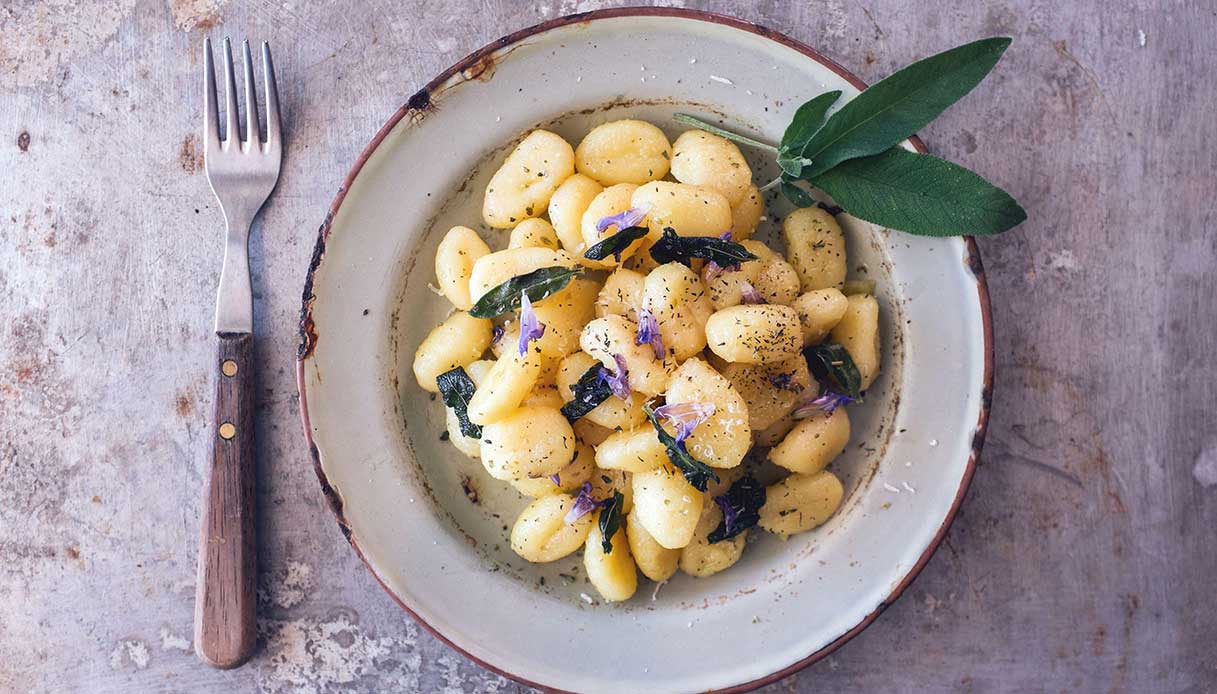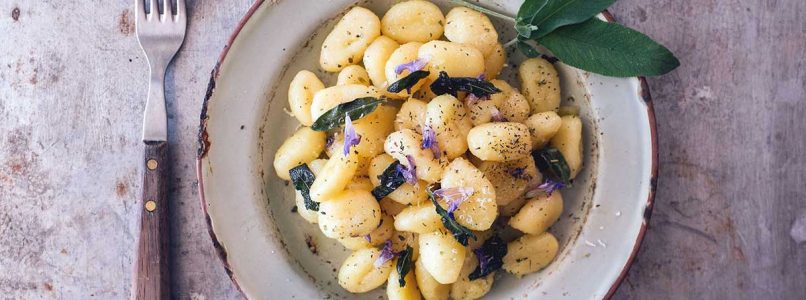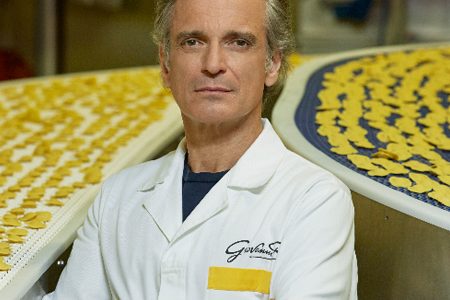Giovanni Cova & C. is a company sensitive to beauty. For years, in addition to producing panettone, it has supported in different ways the Italian artistic beauty. This year, with the 500th anniversary of the death of Raphael, the most representative painter of the Renaissance, the panettone by Giovanni Cova & C. will have the wrapping depicting two of the most famous paintings by the Urbino painter: the Marriage of the Virgin and The School of Athens.
"For many years we have been close to Italian and Milanese history and culture specifically," he says Andrea Muzzi, CEO of Giovanni Cova & C. «We were the first to invent the hand-wrapped panettone and today it is a widespread method. Ours wants to be a support, a way to give visibility to Italian art. Together with Pinacoteca Ambrosiana and Pinacoteca di Brera, which for the first time are carrying out a project together, we have managed to have the exclusivity of these two images to help their activities. In fact, inside each package you will find free coupons with important discounts for access to museums. The goal is to give visibility to art, especially at a time like this, when beauty can lift the spirit ".
They must have thought of the Greek maxim καλός κἀγαθός, what is beautiful is also good, the artisans of Giovanni Cova & C., who have combined the goodness of their product with the beauty of works of art that the whole world envies us. And Giovanni Cova & C.'s panettone is really good, because it is still made in the traditional way. "We produce with old systems dating back to the 1930s," explains Andrea Muzzi. The most important phases in the production of panettone are artisanal, made with Guffanti machines, which are more than 80 years old and which are no longer found in any company. We are very fond of these machines because they help to give the product exceptional organoleptic qualities. I'm talking about the softness, humidity and elasticity of the dough, which greatly characterizes our quality ".
Giovanni Cova & C. was born in 1930 when two pastry chefs, Agostino Panigada and Giovanni Cova, they opened a confectionery laboratory in Viale Monza, in Milan. To underline the primacy of the "luxury panettone", advertising posters were posted at the time that told in images the story of the wonderful leavened cake, whose logo depicted a showy royal crown, the same one that continues to shine on the brand even today. The company is now headed by the Muzzi family, which this year celebrates the 90th anniversary of its foundation.
Raphael's paintings
The two paintings by Raphael depicted on the panettone packages are kept in the two Milanese art galleries. In reality, it is only kept at the Ambrosiana the preparatory cartoon of the School of Athens, painted in the Stanza della Segnatura in the Vatican, recently restored. Its reproduction includes the GRANCIOCCOLATO® Panettone with chopped hazelnuts. The Classic Panettone, on the other hand, is wrapped with the depiction of the Marriage of the Virgin, a painting that is located inside the Brera Art Gallery. To embellish every single package, a book with a description of the works created by the two Milanese art galleries, proposed together with coupons that can be used for admission to exhibitions, from December 2020 to June 2021, Covid permitting.
"Panettone is the dessert, together with tiramisu, which has managed to make a leap overseas and to be appreciated all over the world, becoming the best ticket of made in ItalySaid Muzzi. "It is a sweet that moves and we want to continue to generate these feelings, with new sensory experiences, linked to art".
Goodness (and beauty) will save us from everything. Even from the pandemic.


